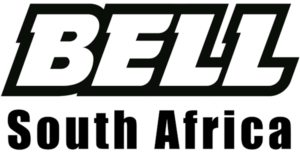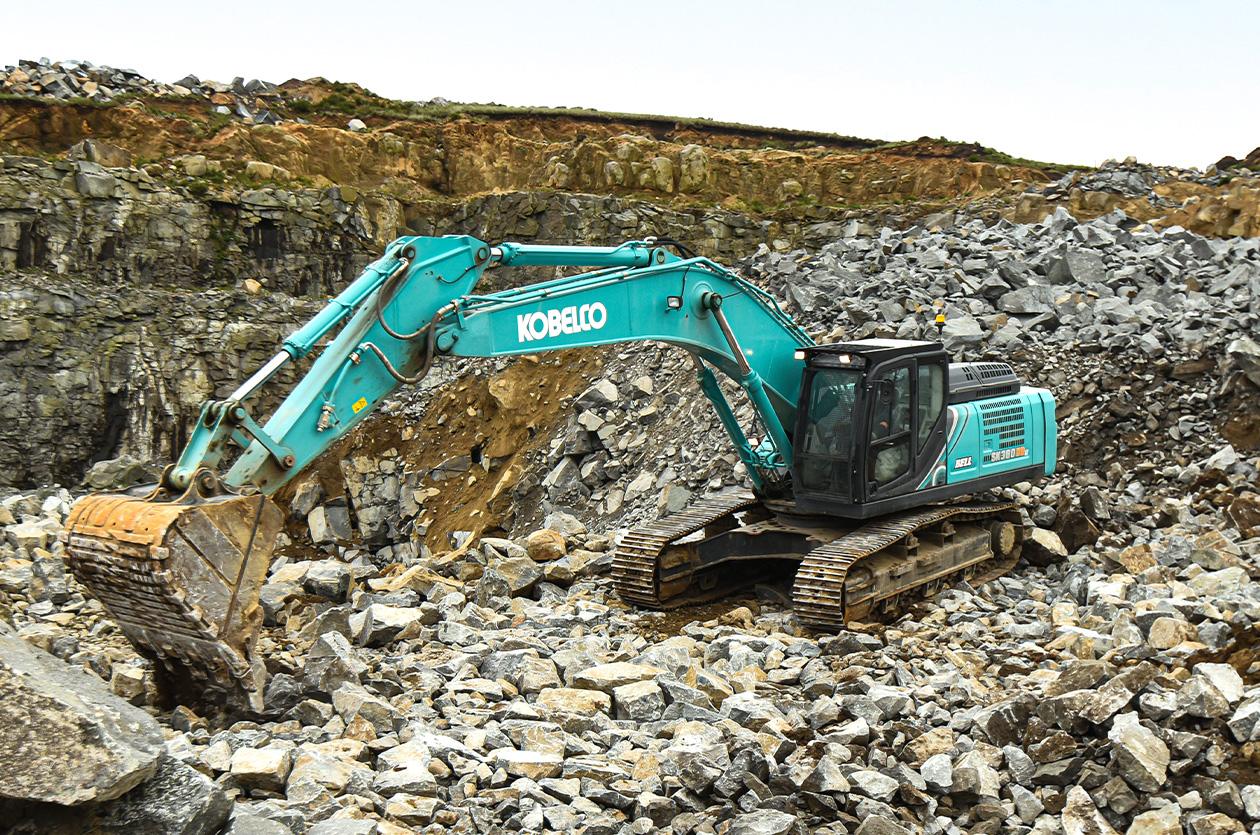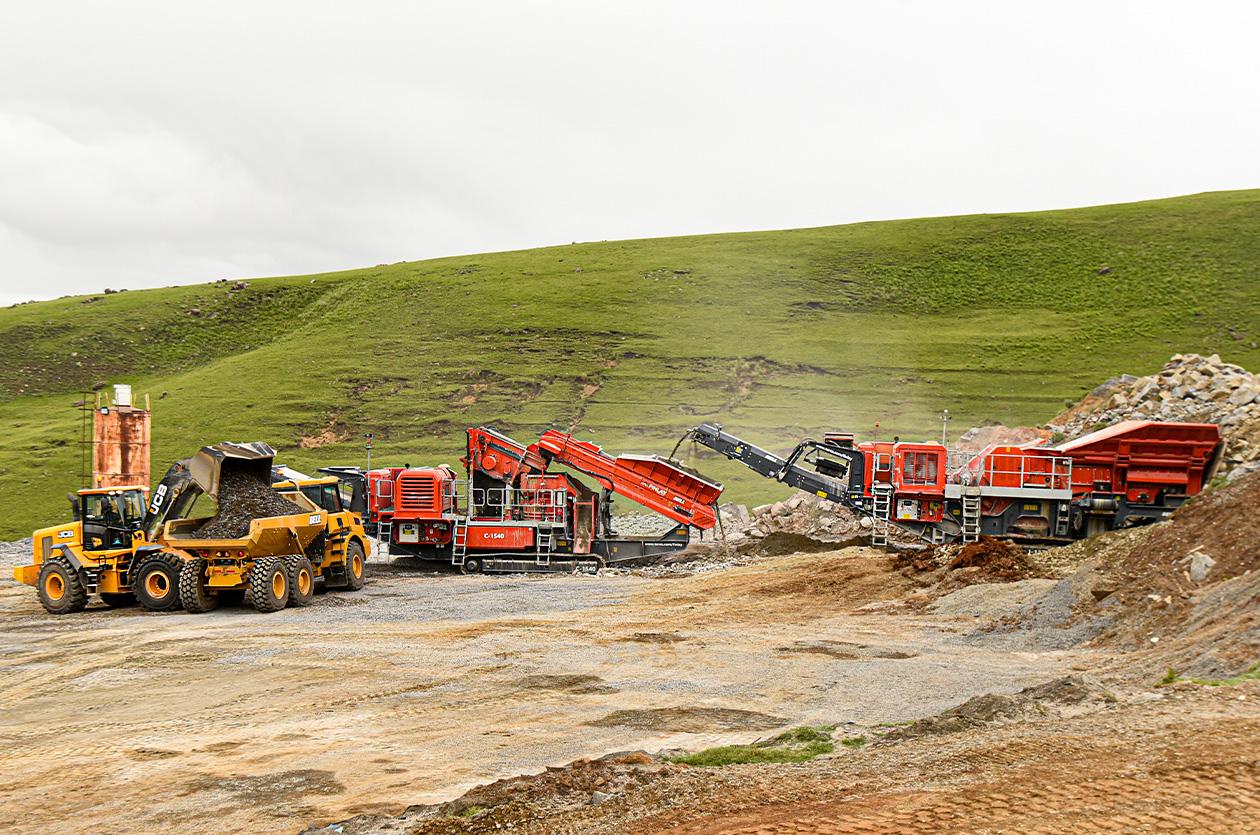Ayanda had attended St. John’s College in Mthatha for his high school education and his fascination with the building industry stems from there. “While I was at high school, there was electrification in our village for the first time and I moved on from digging pit latrines to buying a generator and an angle-grinder to install wiring into walls of houses,” he says.
“Almost subconsciously identifying these types of opportunities became second nature to me, which would stand me in good stead later in my working career.” After matriculating Ayanda studied Quantity Surveying at the Mangosuthu University of Technology in Durban and then further studied Property Development at the University of Cape Town.
He worked for WBHO Construction and later for Ugu District Municipality, which covers the area from Scottburgh to Port Edward on the KwaZulu-Natal South Coast. In 2003, Ayanda registered his business, the Masakhane Group, and consulted to businesses and government entities, including local municipalities. “By then I had grown confident enough to diversify into the construction industry and the fuel retailing business, although we had humble beginnings with the latter as I sold fuel out of 25-litre cans after noticing that there were no service stations locally and many more cars on the road,” he recalls. “I now operate two service stations in this area known as the Winnie Madikizela Mandela Local Municipality.”
Ayanda got involved in different leadership positions in his life from early stages including his role as SRC treasurer at Magosuthu University of Technology, Exco member of Master Builders Association KwaZulu-Natal (MBA-KZN), Chairman of the Wild Coast Business Chamber, and other various positions in different organisations.
But it would be the construction industry that would show the Masakhane Group the way forward, especially after it completed many building projects for the Department of Human Settlements in both the eastern part of the Eastern Cape and the KwaZulu-Natal South Coast. These included schools funded by leading mining companies, office blocks for municipalities, a disaster management centre, communal swimming pools, access roads, and sports fields.
“When doing construction for which we used a lot of concrete, I noticed that the aggregate stone, an essential ingredient in concrete, had to come from a long way off,” Ayanda says. “I then identified the need for a local source, such as a quarry, but while there were sites available, it wasn’t all plain sailing due to lots of red tape in applying for mining permits.” Ayanda first applied for mining permits in 2015, which were only valid for 24 months and then had to be renewed every year until the fifth year. With this relatively short timeline of supplying rock, it was too short a time, and therefore too risky for financial institutions to risk financing mining and processing equipment. But through a sharp learning curve, a solution was found.
“I learnt that should we be awarded a mining right, as opposed to a mining permit, that would be valid for 30 years. And, having a large tract of communal land covering 32 hectares leased from the Department of Rural Development and Land Reform, we were suddenly in business.”
Ayanda bought a mixture of new and used loading, crushing, screening and haulage equipment and started supplying G5 material to a local roads project. The equipment included a used Bell B40D Articulated Dump Truck (ADT) and a used Finlay 683 Double Deck Screen.
“We supplied the stone to a rehabilitation project on the R61, which ran towards the town of Nkantolo, where the late Oliver R Tambo was born,” Ayanda explains. “This opened opportunities for other local suppliers as well, as such projects were previously seen as the exclusive domain of contractors from distant parts of the country.
“It was around this time, too, that I first met Bruce Ndlela, Director of Business and Public Sector Development for Bell Equipment, and I asked him to prove to me how good Bell Equipment’s product quality was. To his credit, Bruce took up the challenge and with an ever-increasing demand for our products, which now also included concrete blocks and bricks for building houses, Bruce and I stayed in contact for when we’d next need equipment to process dolerite rock into building material.”
By 2024, construction and rehabilitation of various major roads through the Eastern Cape was in full swing, along with housing and retail projects, and demand for material from the Masakhane Group’s quarry and brickyard was rising sharply. Ayanda took the decision to upgrade his whole crushing train to streamline the business for higher production.
“I reversed the normal way of buying equipment and first sought out a financial institution to back us before finding a supplier who could supply the equipment. Once the finance was in place, I again spoke to Bruce Ndlela who introduced me to Fundile Ntsinde, the Bell Equipment Sales Representative for our area, and we discussed what equipment would be best for our purposes.”
Their choice fell on a Kobelco SK380XDLC-10 Excavator that would load mined rock into a Finlay J1175 Jaw Crusher that would in turn feed a Finlay C1540 Cone Crusher. If finer material was needed, a Finlay 694+ Incline Screen would be used, and all material produced would be loaded using a JCB 455ZX Wheeled Loader loading into two Bell B18E ADTs for the haul to the stockpiles.
“I felt comfortable putting all our eggs into one basket, so to speak, by choosing one supplier for the entire fleet that we needed as I’m a strong supporter of local enterprise as Bell Equipment is,” he says. “Just as Bell Equipment employs thousands of people, we too believe we play a part in upliftment by training 10 young women from our area who weren’t able to finish school. They now form part of the 54-strong workforce that runs this plant at the quarry.”
This impressive fleet was delivered in October 2024 and started producing aggregate stone immediately. Major roads and construction projects benefitting from the close proximity of the Masakhane Group’s quarry include the N2 Wild Coast Toll Road project, the gigantic Msikaba bridge with its tall towers and a section of the N2 highway between that bridge and the other large bridge called Mtentu. A contractor handles the drilling and blasting at the quarry.
“We’ve been impressed with how the whole Finlay crushing and screening train performs with the ancillary machines loading and hauling, adding value. When there is demand for 19mm, 14mm and crusher dust, we deploy the Finlay 694+ Screen at the end of the crushing train and easily manage to produce between 1 200 and 1 500 tons per day, but when we’re producing only the coarser G5 material that is so sought after as fill material, we only use the two Finlay crushers and produce upward of 2 500 tons per day.
“All these products sourced from Bell Equipment have made a difference, not only to our production, but also to our image, as this is our second mobile crushing train, which our existing clients and potential new clients all see as proof that we’re serious about our sustained existence. Our long-term aim is to eventually set up a permanent crushing circuit, which will mean that our two mobile units will be available to work remotely wherever contracts demand that. “With Bell Equipment’s wide footprint across South Africa, it’s reassuring to know that wherever our equipment may be working, Bell will be close at hand to support us.”




